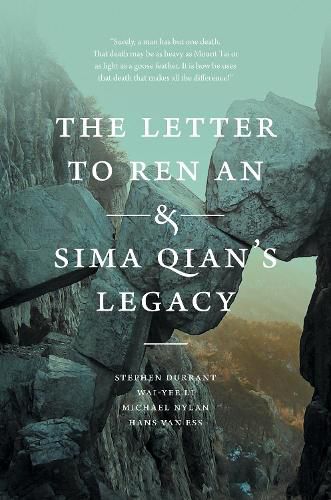Readings Newsletter
Become a Readings Member to make your shopping experience even easier.
Sign in or sign up for free!
You’re not far away from qualifying for FREE standard shipping within Australia
You’ve qualified for FREE standard shipping within Australia
The cart is loading…






Sima Qian (first century BCE), the author of Record of the Historian (Shiji), is China’s earliest and best-known historian, and his Letter to Ren An is the most famous letter in Chinese history. In the letter, Sima Qian explains his decision to finish his life’s work, the first comprehensive history of China, instead of honorably committing suicide following his castration for deceiving the emperor. In the twentieth and twenty-first centuries, some scholars have queried the authenticity of the letter. Is it a genuine piece of writing by Sima Qian or an early work of literary impersonation? The Letter to Ren An and Sima Qian’s Legacy provides a full translation of the letter and uses different methods to explore issues in textual history. It also shows how ideas about friendship, loyalty, factionalism, and authorship encoded in the letter have far-reaching implications for the study of China.
$9.00 standard shipping within Australia
FREE standard shipping within Australia for orders over $100.00
Express & International shipping calculated at checkout
Sima Qian (first century BCE), the author of Record of the Historian (Shiji), is China’s earliest and best-known historian, and his Letter to Ren An is the most famous letter in Chinese history. In the letter, Sima Qian explains his decision to finish his life’s work, the first comprehensive history of China, instead of honorably committing suicide following his castration for deceiving the emperor. In the twentieth and twenty-first centuries, some scholars have queried the authenticity of the letter. Is it a genuine piece of writing by Sima Qian or an early work of literary impersonation? The Letter to Ren An and Sima Qian’s Legacy provides a full translation of the letter and uses different methods to explore issues in textual history. It also shows how ideas about friendship, loyalty, factionalism, and authorship encoded in the letter have far-reaching implications for the study of China.